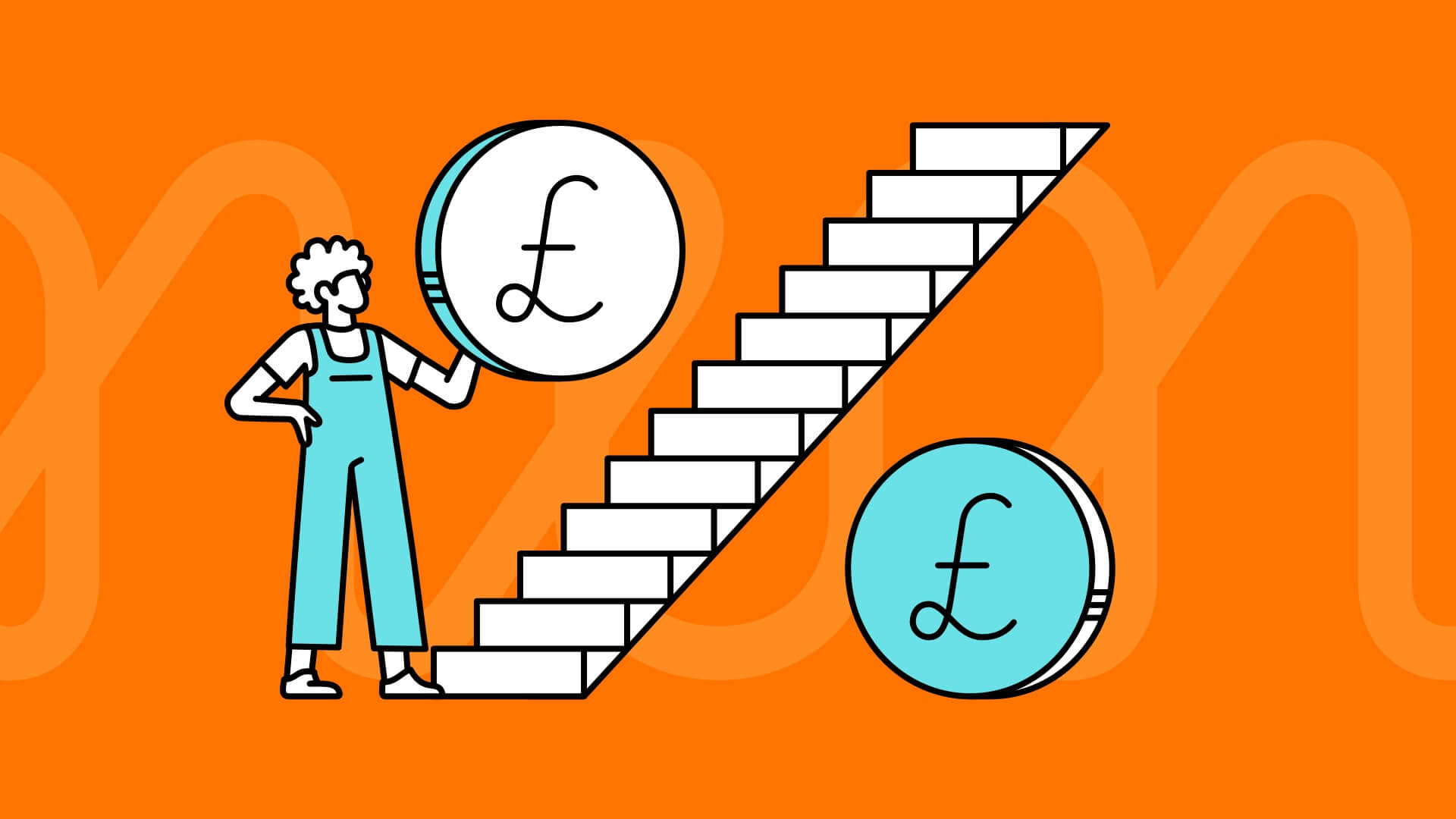12 months to 30 June 2023
Summary
- Interest rates continue to rise which is impacting mortgage costs and the housing market.
- High inflation has been particularly stubborn in the UK in comparison to the US and the EU – read more to find out why.
- A positive Q2 for stock markets in the UK and US but it’s not such good news elsewhere in the world.

Interest rates and the effects
Interest rates in the UK rose 3 times in the second quarter of the year, 0.25% in April and May and by a more aggressive 0.5% in June from 4.50% to 5.0%. Following stronger than expected wage growth, the Bank of England is expected to continue raising rates to combat persistent core inflation.
The Bank of England is now forecast to raise interest rates as high as 6.5% with the aim of bringing inflation back towards its 2% target as soon as possible. The larger of the rate hikes in Q2 demonstrated this to markets which, counter-intuitively, resulted in longer term bond prices rising. The market now believes the Bank of England will do whatever it takes to get inflation under control and is prioritising it over economic growth and avoiding a recession. The reason longer term bond values then rose, is based on the belief that interest rates will then be higher for a shorter amount of time than if they had been increased more cautiously.
The downside to this in the short term is the challenge that increasing interest rates poses for borrowers, in particular mortgage payers. The Bank of England has estimated that 1 million borrowers will face an increase in their monthly payments of at least £500 by 2026. The average 2-year fixed rate mortgage deal has increased to 6.7% causing strain on property sales as the number of homes buyers continues to shrink.
Across the pond, the Federal Reserve increased interest rates up to 5.25% and held them there during June. Off the back of increased rates, the US inflation figures have dropped significantly to 3% and the Federal Reserve have indicated that the cycle of raising rates may be coming to a close.

More inflation - but why?
Over the last 3 months, UK inflation dipped from 10.1% in March to 8.7% in April but stayed at that level in May which was higher than forecast due to core inflation.
Inflation over the last 12 months has been a key word in the headlines and the fact that it has been particularly high in the UK. This is an opportunity to get a closer look at the action and understand why this is the case.
The whole world suffered a sudden and severe shock with the COVID-19 pandemic and the resulting lockdowns. There was a substantial impact on supply chains, how goods and services are created and then distributed to the end consumer. This reduction in supply has led some goods to increase in price steadily over the last few years resulting in inflation.
But this doesn’t explain why the EU and the UK are having a worse time than the US. The US can be relatively self-reliant on energy production through its own oil and gas. Europe however was partially reliant on energy from Russia up until it invaded Ukraine in March 2022. With sanctions placed on Russia meaning that none of its oil or gas could be used in Europe, energy prices also began to rise. This immediately impacted home energy and gas prices, as well as petrol and diesel prices, which had the knock-on effect of pushing up transportation and manufacturing costs for all other goods.
Finally, a factor that separates the EU and UK on inflation is Brexit. Having left the EU, the UK now has a particularly tight labour market with fewer migrants filling roles and with insufficient labour supply in the UK, wages have begun to rise. This also has a knock-on effect of driving up the costs of providing goods and services, which is passed onto consumers. The result of this compounds inflation further.

Stock market
The UK stock market had a positive Q2, rising 1.0% as measured by the FTSE-All Share, which is made up of all company shares in the UK. It was, however, a tale of two halves. The largest companies in the FTSE 100 rose 1.4% while the smaller companies in the FSTE 250 fell by 1.3%. The biggest companies in the FTSE 100 include food producers, finance companies and oil companies who all perform well in time of high inflation and high interest rates.
In the US, despite Fed Staff estimating a 71% chance of a US recession in the next 12 months, the S&P and NASDAQ both rose 6.6% and 6.5% in dollar terms. The Federal Reserve has been very effective in bringing down inflation in the US, which has indicated that higher interest rates may not be needed there for less time than expected. This has boosted the share price of the tech companies based in the US and pulled up the S&P500 and the NASDAQ.
Elsewhere in the world, investor’s opinion on China and its post pandemic recovery soured, expecting poor corporate earnings and weakened domestic demand. Combined with the Pound’s gains against the Chinese Yuan, this exacerbated losses in China (8.9% in local currency) to a 12.1% loss in GBP.
